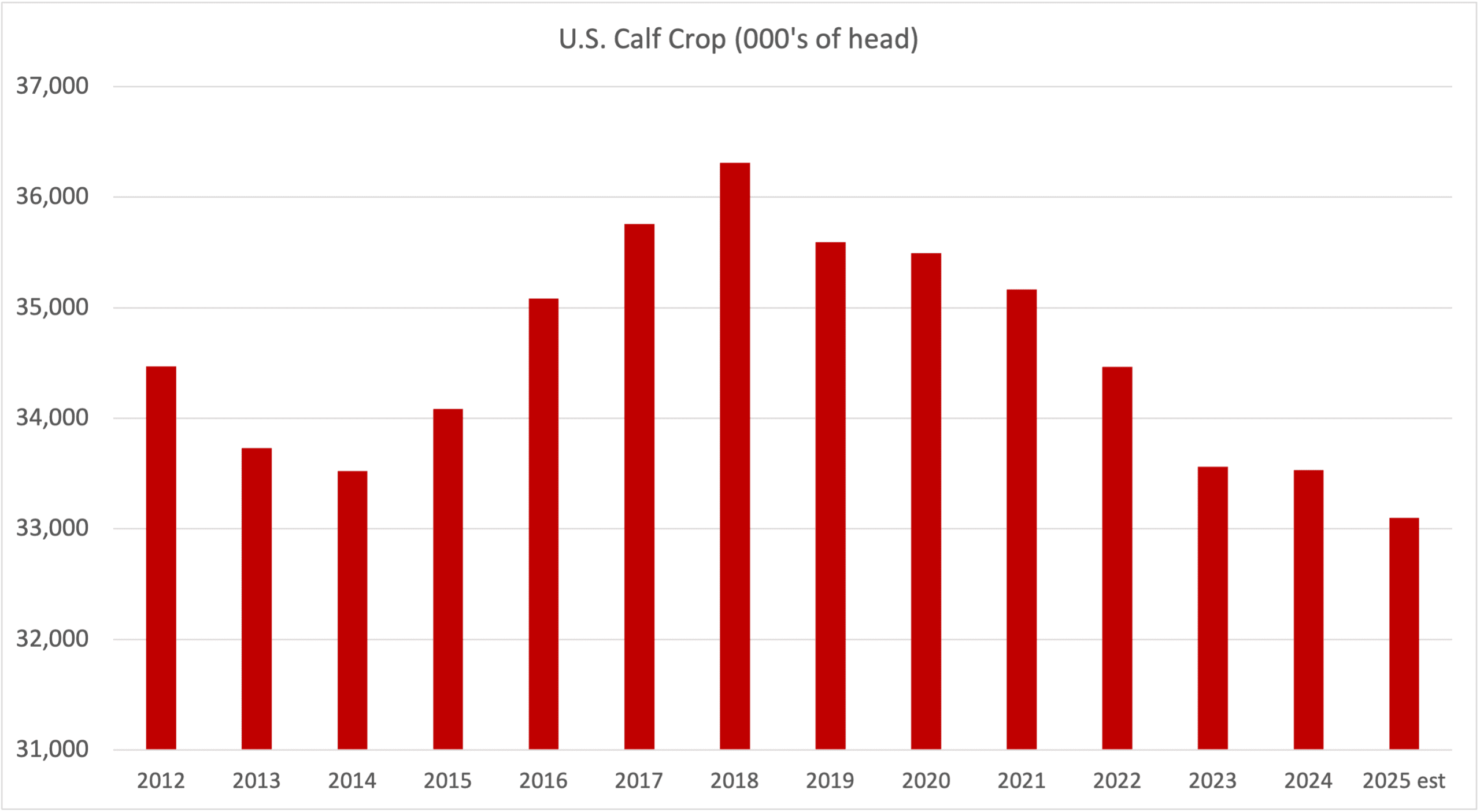A tentative agreement on October 3 between shipping companies and striking dockworkers brought huge sighs of relief from U.S. meat exporters and importers and the agricultural feed/food industry. All had warned that a prolonged strike would wreak havoc on their sectors. The last time the International Longshoremen’s Association struck in 1977, the port closure lasted six weeks, creating trade chaos. The latest strike involved 45,000 people in 14 major ports from Maine to Texas. But after three days, the longshore workers and the U.S. Maritime Alliance announced they had reached a tentative agreement, effective immediately, putting an end to the labour strike plugging up East and Gulf Coast ports. Both sides agreed on wages and an extension to the Master Contract until January 15, 2025, ensuring that all affected ports can reopen while they continue to negotiate outstanding issues.
- RELATED: Federal government moves to end disputes at ports of Vancouver and Montreal
- RELATED: Agribition 2024: CN optimistic despite potential strike
The breakthrough came after port employers offered a 62 per cent increase in wages over six years, according to people familiar with the matter (as reported by The Wall Street Journal). The new offer, up from an earlier proposed raise of 50 per cent, came after the White House privately and publicly pressed the large shipping lines and cargo terminal operators who employ the longshore workers to make a new offer to the union. President Biden applauded the agreement, saying in a statement, “Collective bargaining works and it is critical to building a stronger economy from the middle out and the bottom up.”
The U.S. Meat Export Federation immediately praised the International Longshoremen’s Association and U.S. Maritime Alliance for their decision, as the meat industry relies heavily on access to those ports. This is a tremendous relief to everyone in the U.S. meat and livestock industries, as about US$100 million worth of beef and pork products are exported every week through East and Gulf Coast ports, said Dan Halstrom, president and CEO of the U.S. Meat Export Federation. Exports are a critical revenue stream at all levels of the U.S. red meat supply chain, and the industry needs all U.S. ports operating to meet the needs of its international customers and to maintain the U.S.’s reputation as a reliable red meat supplier, he said.
Without a renewed labour contract, the U.S. agriculture sector would have taken a big hit, especially as the shutdown would have occurred at a time of year when U.S. meat exports increase. The strike could have imposed a significant economic impact on the U.S. meat industry, Erin Borror, vice-president for economic analysis for the U.S. Meat Export Federation, had warned when the strike began. In the first seven months of 2024, the East and Gulf Coast ports directly accounted for nearly $3 billion worth of U.S. red meat exports. As the industry learned from the COVID shipping issues, when there is one disruption in the shipping or supply chain, there are ripple or domino effects, said Borror. The industry needs to think about the effects indirectly on all U.S. red meat exports, which were valued at over $11 billion in the first seven months of the year, she said.
Read Also

Factors influencing cattle feeder market during the fall of 2025
Market analyst Jerry Klassen weighs in on live cattle markets
Especially with the seasonal increase in pork production and exports, the industry looks at the need to be able to handle and accommodate more pork, including ahead of year-end holidays. The U.S. is exporting a record large share of its pork production. More than 30 per cent of all production goes to export when one includes variety meats. For beef, about 14 per cent of all production, including variety meats, is exported, she said.
















